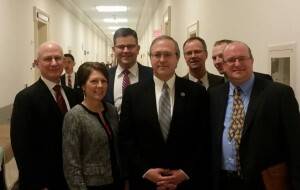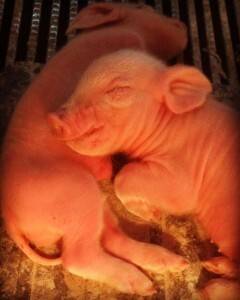
I love this time of year when everything comes back to life! The grass is greening up, and planting season is underway. My Facebook feed has been filled with photos of new life on farms and ranches across the country. I enjoy seeing newborn calves, lambs and kittens, as well as newly hatched chicks that become “spring chickens.”
While spring is typically the season when new animals are born, new technology allows pigs to be born any time of the year. This wasn’t possible when I was a kid and we raised hogs outside. Then we could only get two litters from our sows. If we were really lucky, we could wean 12 pigs annually from each sow. Today we can get 30 pigs per sow per year due to better genetics, better feed and care, less stress, and different types of hog barns.
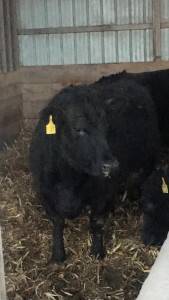
We need to raise more pigs – and all types of food – if we’re going to feed the growing world population. I’m all for long-term goals of raising enough food with all the technology that fits the needs of hungry people, and this shared goal is how I started to become involved with the Farm Journal Foundation’s Farm Team to help combat world hunger.
While researching the Farm Team initiative, I came across its logo with an apple that looks like a globe. Underneath it are the words, “Farmers Feeding the World.” Feeding the world is a noble mission! While we might not all agree on how to do that, I believe we can find ways to work together and help the almost one billion people who are food insecure.
Not everyone can be a farmer and grow food, but everyone needs a way to earn enough income to buy a decent diet. This will not be done by eliminating technology and going GMO-free. This will not be done by only raising organic produce or cage-free eggs.
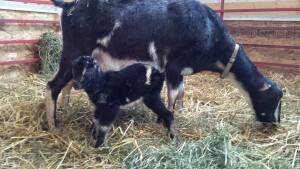
Feeding the world will be done if we take an “all hands on approach” that makes use of every food system available! We must join together to provide a means to the end. My farm is different than my neighbor’s, and our farms here in North Central Iowa are much different than farms in California or even southern Illinois where I have been spending most of my time lately.
People must understand that it’s going to take all types of farms to feed this world. That’s why it’s so important for you to speak out and share your ideas. It takes many solutions to feed the world – and to make it possible for all people to afford their food!
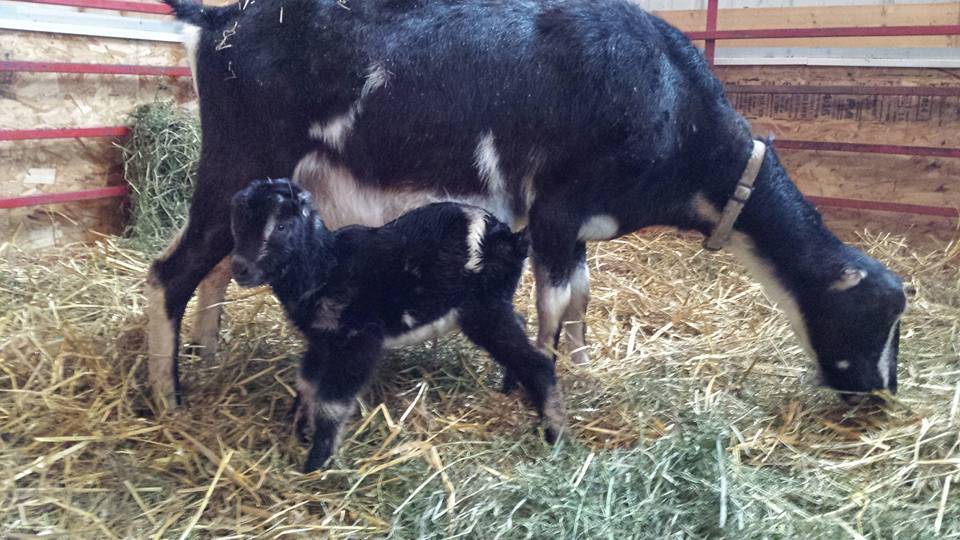
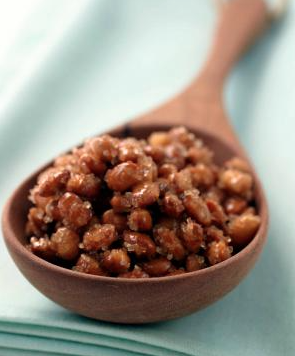
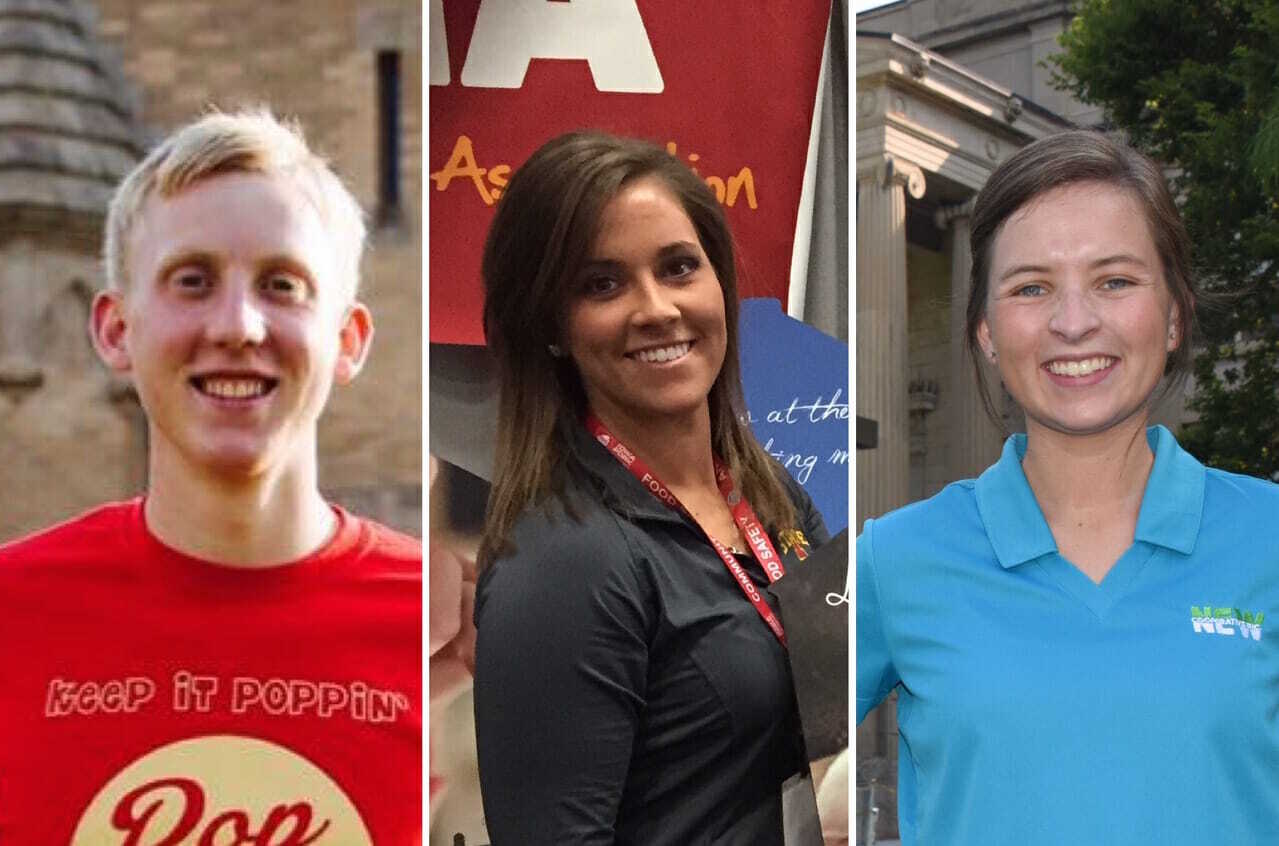



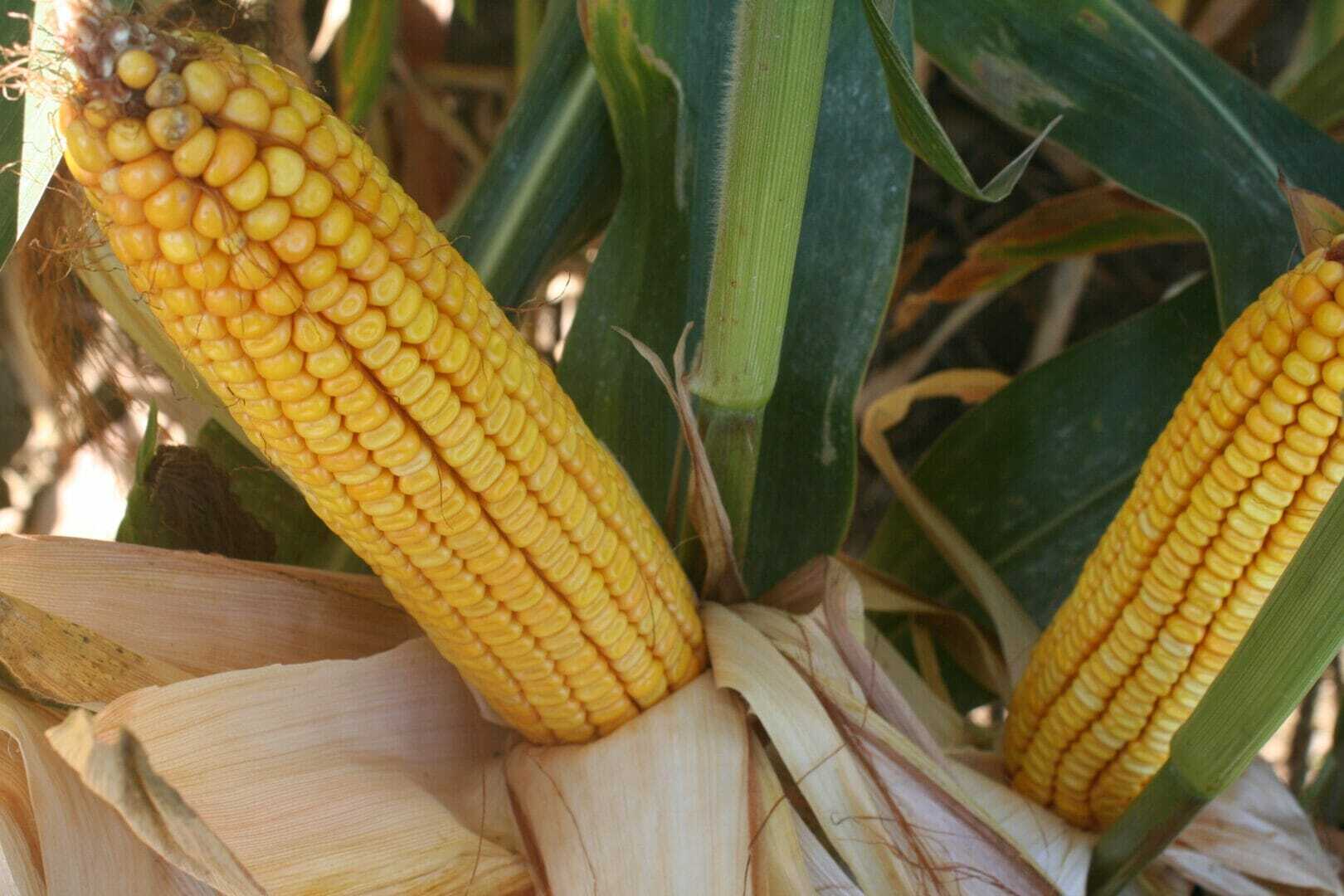
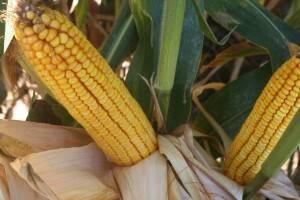 any seed goes in the ground. That’s why I’m sharing the factors I believe you can control to produce the best corn yields in the year ahead:
any seed goes in the ground. That’s why I’m sharing the factors I believe you can control to produce the best corn yields in the year ahead:

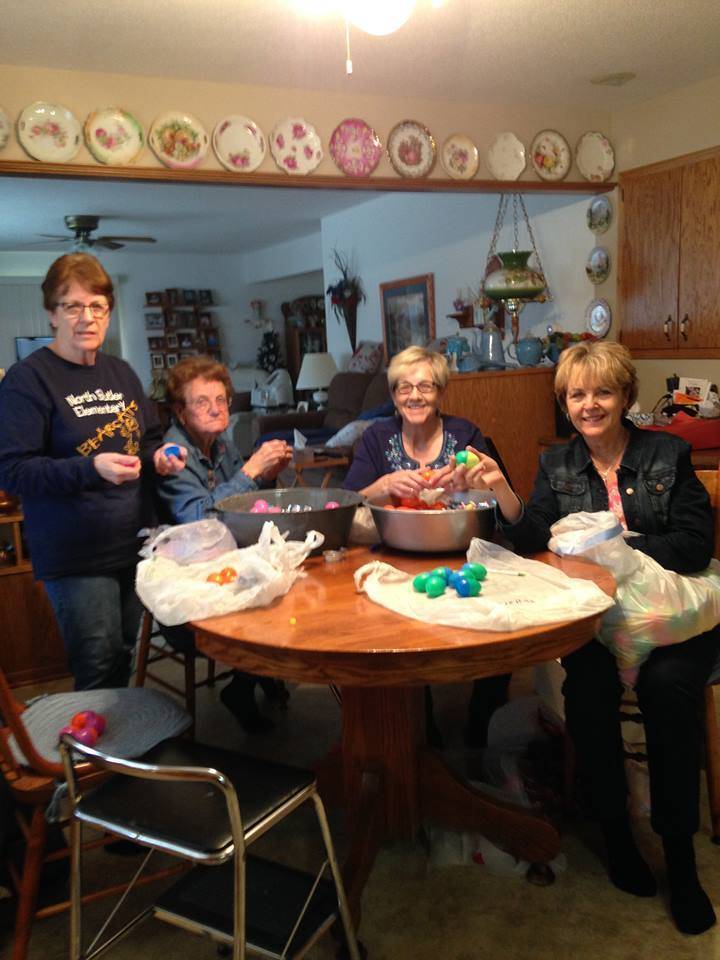

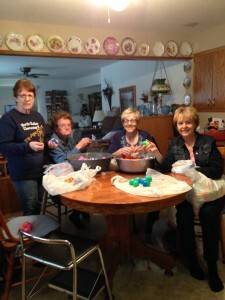
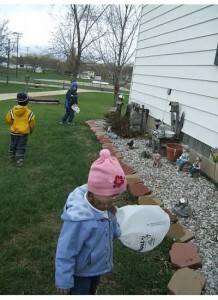



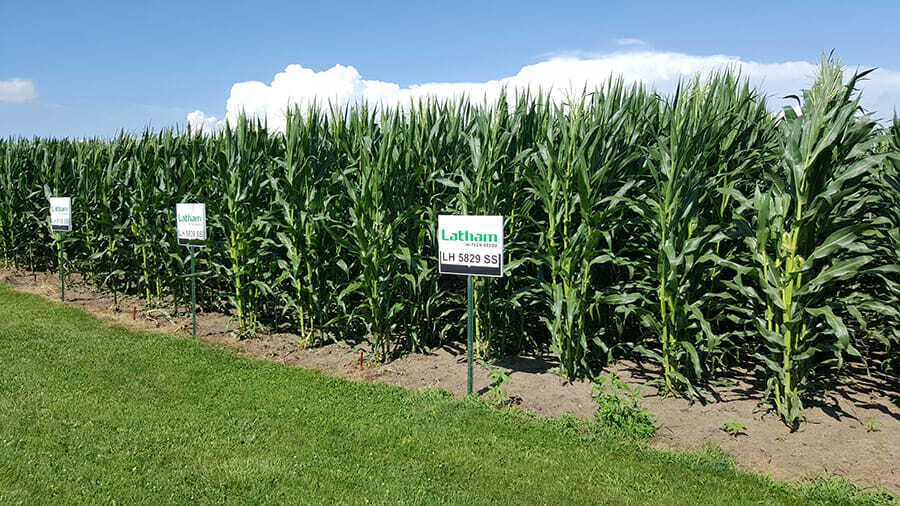
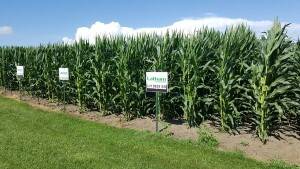
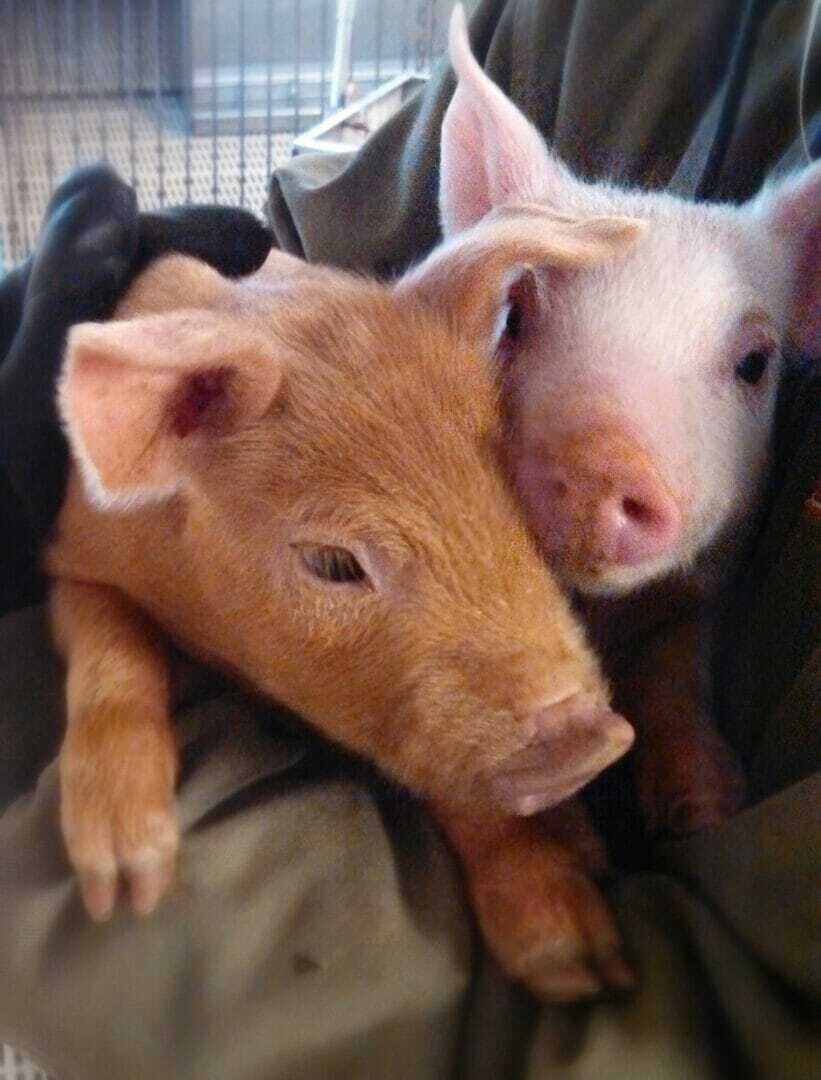
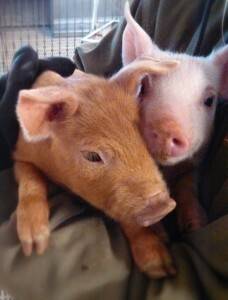 is forcing me to advocate today! This organization has purchased a full page insert scheduled to run tomorrow in USA Today, which is our nation’s largest newspaper by circulation. The objectives of the HSUS ad buy are:
is forcing me to advocate today! This organization has purchased a full page insert scheduled to run tomorrow in USA Today, which is our nation’s largest newspaper by circulation. The objectives of the HSUS ad buy are: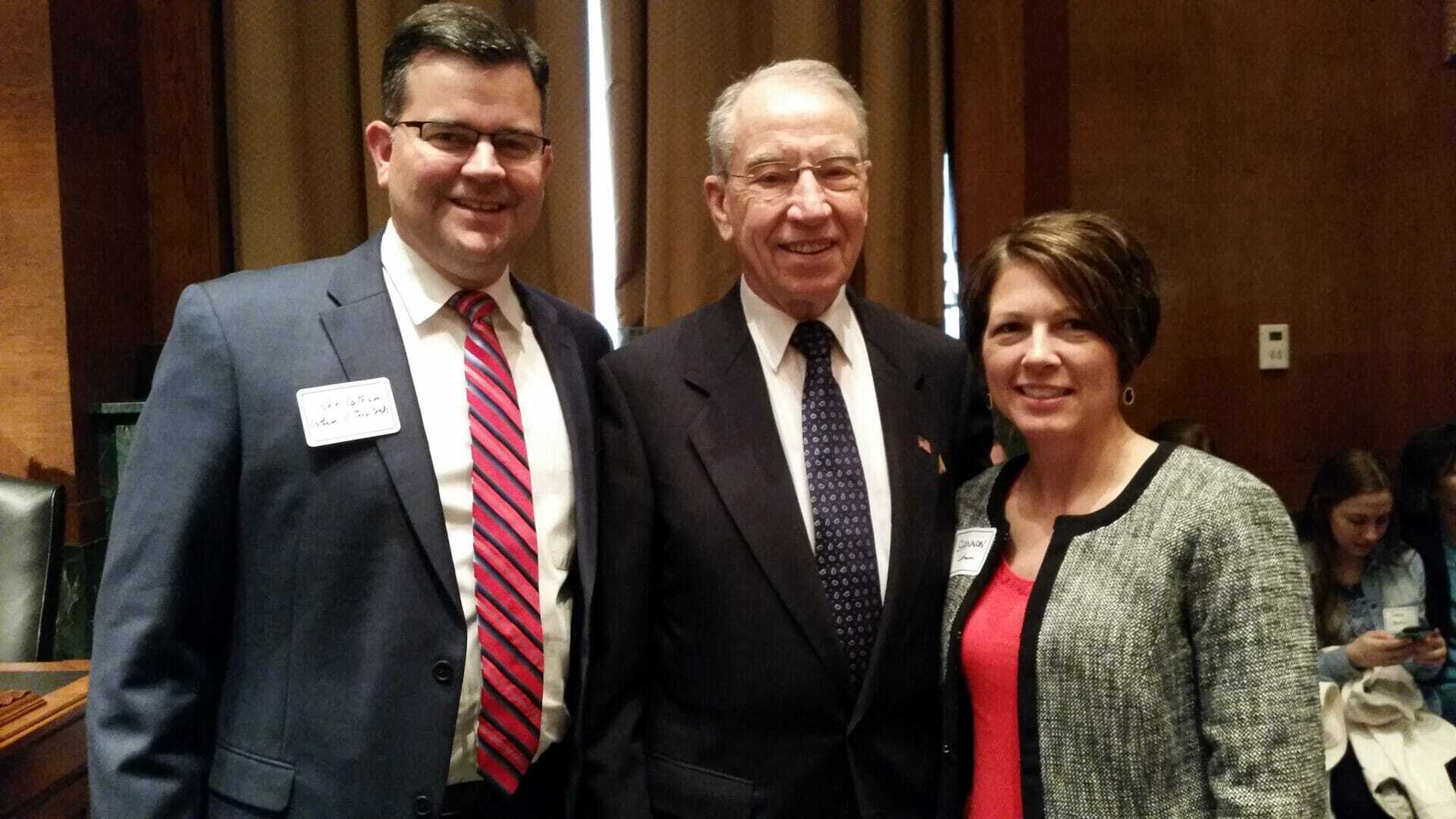
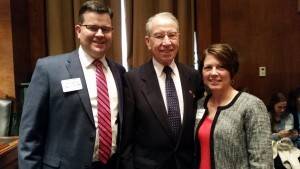 representatives about a number of issues that will impact the future of the seed industry, including the efficient movement of seed across state lines and country borders. We had the pleasure of attending a Spring Break Reception (#IAinDC) where we thanked Senators Grassley and Ernst for supporting a
representatives about a number of issues that will impact the future of the seed industry, including the efficient movement of seed across state lines and country borders. We had the pleasure of attending a Spring Break Reception (#IAinDC) where we thanked Senators Grassley and Ernst for supporting a 
